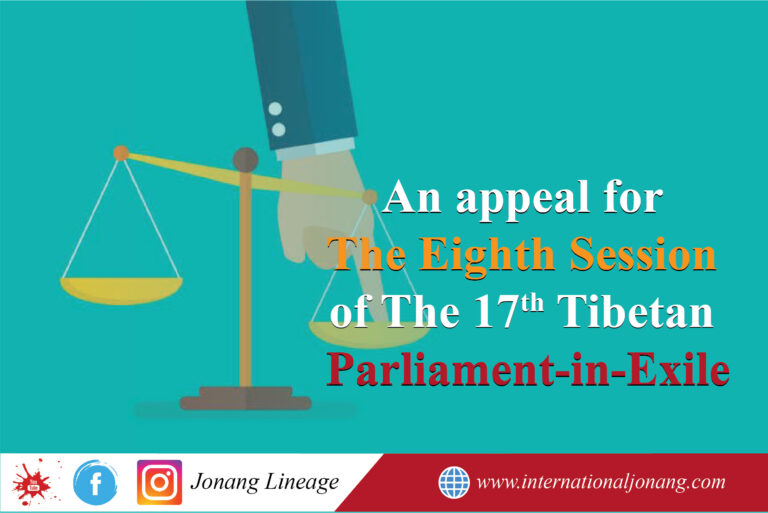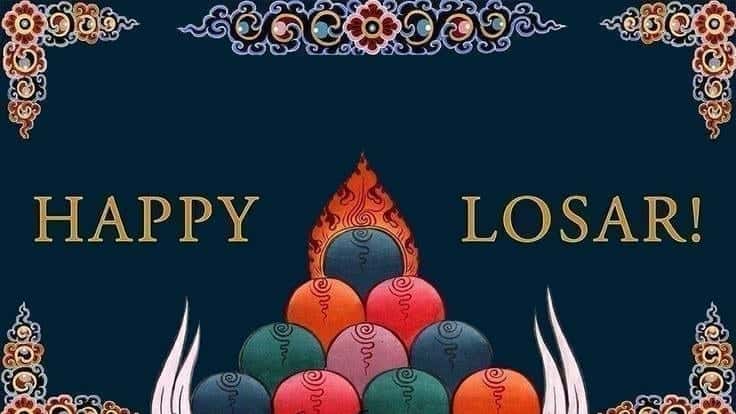A Brief History of The Lineage of Jonangpa.
For the purpose of different levels of three disciples, Buddha Shakyamuni turned the wheel of Dharma three times. The first was the wheel on the four noble truths; the second was the wheel on the absence of characteristics and the third was the wheel on doctrine of good differentiations. The lineage holders of the practice lineage of the definitive meaning of Madhyamika <intermediate > that was belonged to the last turning the wheel of Dharma and later spread into Tibet are called Jonangpas. Madhyamika, one of the three famous traditions in the land of snow, the Great Perfection, Mahamudra and Madhyamika, is consisted of Empty of Self and Empty of Other. The latter, the great Madhyamika of the ultimate definitive meaning, the tenet that reveals the true existence of primordial wisdom that sees all phenomena, encompassed by imputed and relative subject and object, are not truly existed and to see the non-dual of the two perfect establishments has been coming down in two lineages, sutra lineage and Tantra lineage. First, our historical Buddha, the fully enlightened one turned the wheel of Dharma three times because of the disposition and interest of different disciples. The lineage of the great Other Empty Madhyamika <Uma Shandong Chenmo> of the ultimate definitive meaning that was imparted in the last turning of the wheel, came down from Buddha the fully enlightened one and then through Lord Maitreya, the glorious Arya Nagarjuna, Arya Asanga and his brother and others, then it came down successively to Mahasidha Shavaripa, the great Maitriopa, Ghawa Drapa, Khachewa Jongney Shiwa and Brahmin Sajana These masters illuminated the Great Other Empty Madhyamika <Uma Shandong Chenmo>of the ultimate definitive meaning in India, the land of Aryas. In the land of snow, some translators and Panditas < great scholars> translated these teachings into Tibetan. The ones who upheld this tenet purely are Gzi Lotsawa Gawe Dorje, Tsanrig Kawoche Drimed Shereb, Latodpa Tarma Tsondu, Tolpa Nyan Yeshi Chungnay, Jatod brother Chang Chup Kyab, Shonu Chang Chup, Kyitonpa MolamTsutrim, Jomden Rigpe Raldri and Kyiton Jamyang. In this way it came

